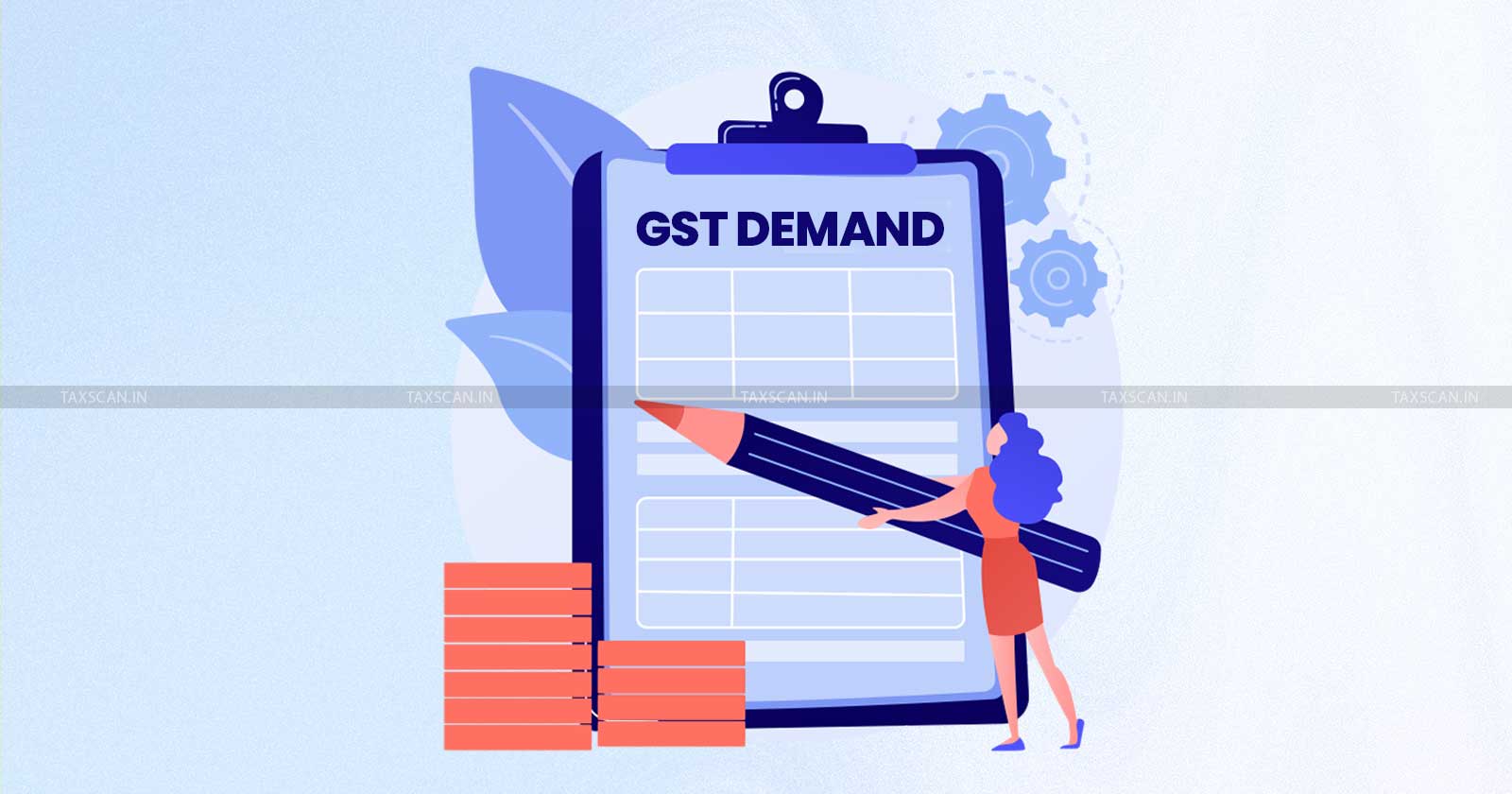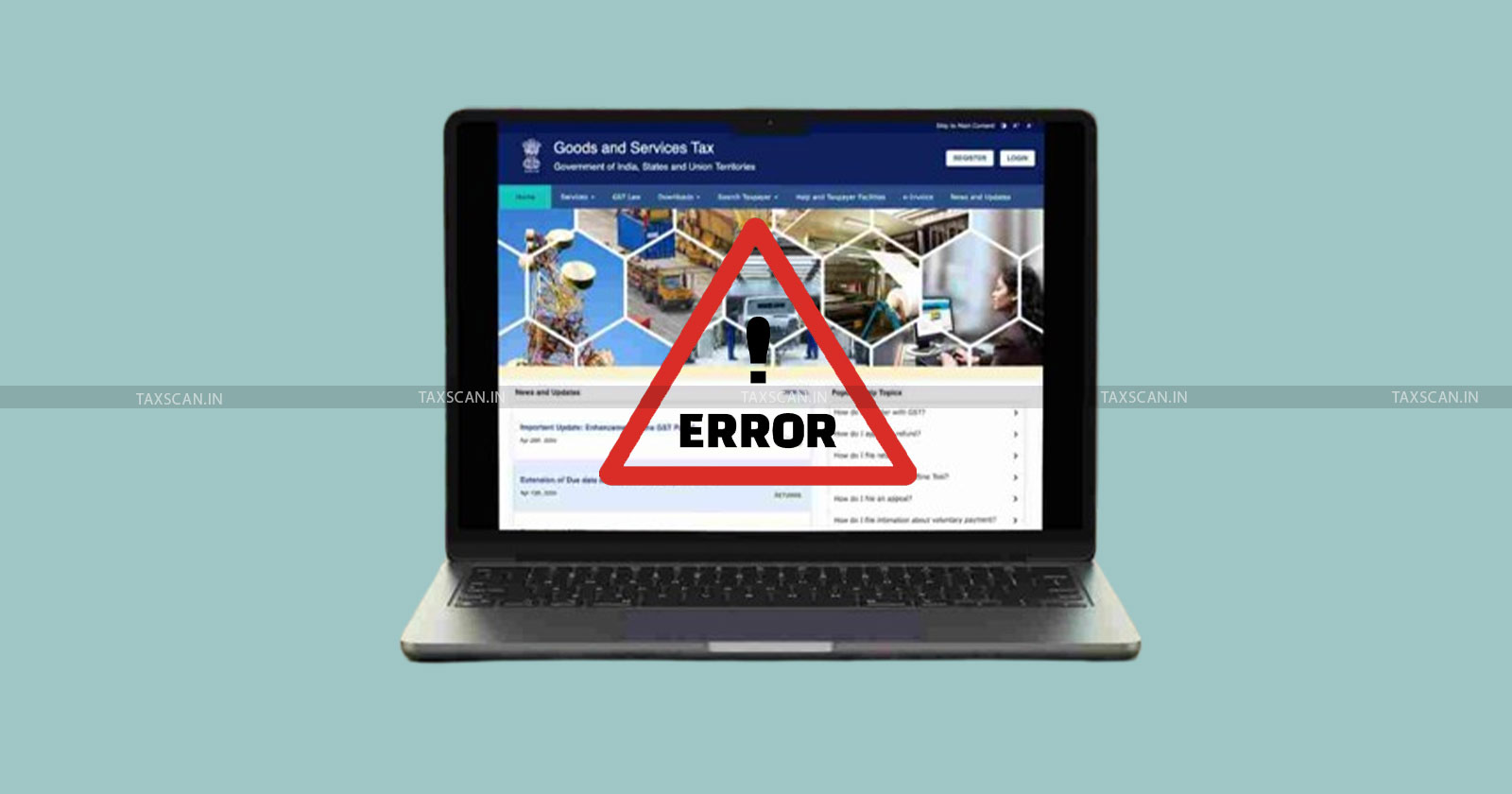Prime Minister’s Office Greenlights Complete Revamp of GST Structure: Big Reforms Underway?
The reforms, if implemented, would be the first major overhaul of the GST structure since its inception in 2017.

The Prime Minister’s Office (PMO) has given an in-principle nod for a significant revamp of the Goods and Services Tax (GST) framework, marking the beginning of what could be the first major overhaul of the tax key indirect structure since its inception in 2017.
The landmark development comes as the GST Council, being India’s apex indirect tax decision-making body, prepares for its meeting in August after the monsoon session of Parliament. The Ministry of Finance has already initiated consultations with key stakeholders and started internal discussions to build consensus with states on the changes that have been proposed.
Step by Step Handbook for Filing GST Appeals, Click Here
Major Overhaul: What Reforms Are Expected?
The upcoming GST Council meeting is expected to consider sweeping changes aimed at simplifying the country’s indirect tax regime which has often been marred with redundancies, technical glitches, lack of clarity on filing process and the biggest issue of them all - the absence of a clear-cut adjudicatory system and forum.
After eight years of the current system, the government is touted to initiate both structural and procedural reforms, including potential rationalisation of GST slabs and measures to ease compliance for businesses and consumers. Officials have been said to confirm that a dedicated group of ministers was earlier tasked with deploying rate rationalisation methods, but slow progress has pushed the Centre to push for a more comprehensive review backed by political and administrative support.
GST Slabs Set for Rationalisation
At present, the GST framework features five main tax rates: nil, 5%, 12%, 18%, and 28%, as well as special rates of 0.25% and 3% applicable to precious metals.
About 21% of goods fall under the 5% slab, 19% under 12%, 44% under 18%, and only 3% under the highest 28% category.
Preliminary reports suggest that the 12% slab may be removed, with goods in this bracket potentially being shifted to either the 5% or 18% slabs. The removal is expected to simplify the GST system to some extent, easing compliance measures for stakeholders as well as administrative hurdles faced by the authorities.
 Also Read:Overlapping GST Interest Demands for Same Period: Delhi HC Restrains Coercive Recovery [Read Order]
Also Read:Overlapping GST Interest Demands for Same Period: Delhi HC Restrains Coercive Recovery [Read Order]
Compensation Cess, Industry Pain Points, and Future Plans
The compensation cess, currently levied on items like cigarettes, soft drinks, and large cars falling under the 28% slab, have also been slated to see some reforms. Originally meant to offset state revenue losses for five years until June 2022, the compensation period was extended to March 31, 2026 after the Centre borrowed ₹2.69 lakh crore from the Indian government securities (G-Sec) market during the Covid crisis to meet cess fund deficits.
A ministerial panel is now reviewing how surplus funds from this cess might be used and reallocated adequately.
Input Tax Credit and Business
Industry leaders have persistently flagged compliance issues, multiple tax rates and immense complications in claiming input tax credits, urging the government to take steps to make GST more streamlined.
Parliamentarians across party lines have echoed the concerns raised by the industry stakeholders, particularly alluding to the burden experienced by small and medium enterprises. With certain free trade agreements and stable macroeconomic indicators in place, now seems to be a good time for such a restructuring process to take place.
Know How to File Appeals in GSTAT - Click Here
The Big Question: Will GST Rates Come Down?
With the government marching towards a simplified and more efficient GST regime, a key question looms - will these reforms result in lower GST rates? If the 12% slab is abolished and more goods move to the 5% category, consumers could benefit directly, while businesses may see reduced compliance costs.
Sectors such as manufacturing and select consumer products that have a high share of goods currently taxed at 12% may be among the biggest beneficiaries of the reforms.
All eyes remain on the decisions that may be taken by the GST Council in its August meeting; the outcome of the meeting would determine whether these reforms will lead to tangible rate reductions and operational relief for the Indian industry.
Support our journalism by subscribing to Taxscan premium. Follow us on Telegram for quick updates




